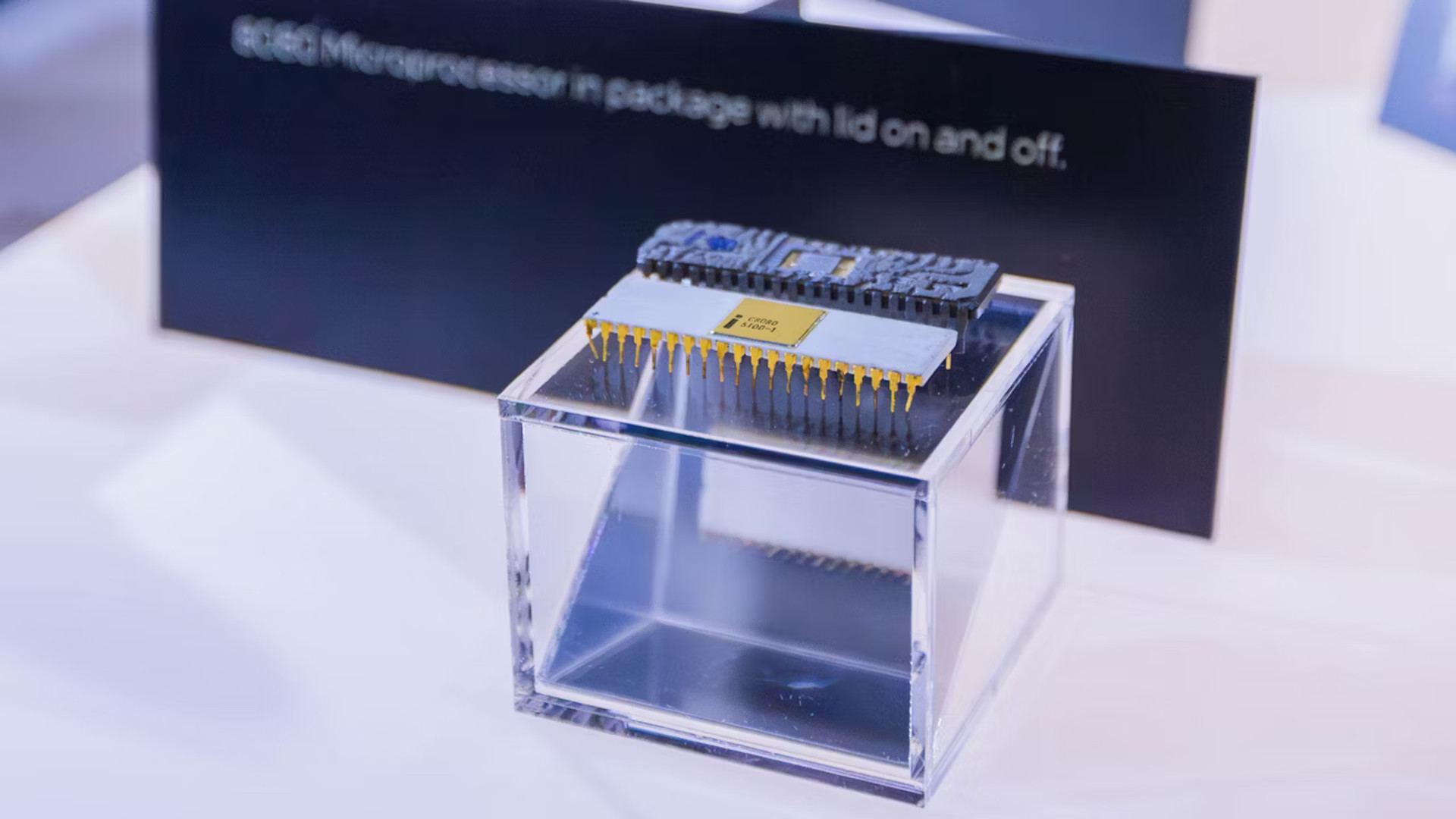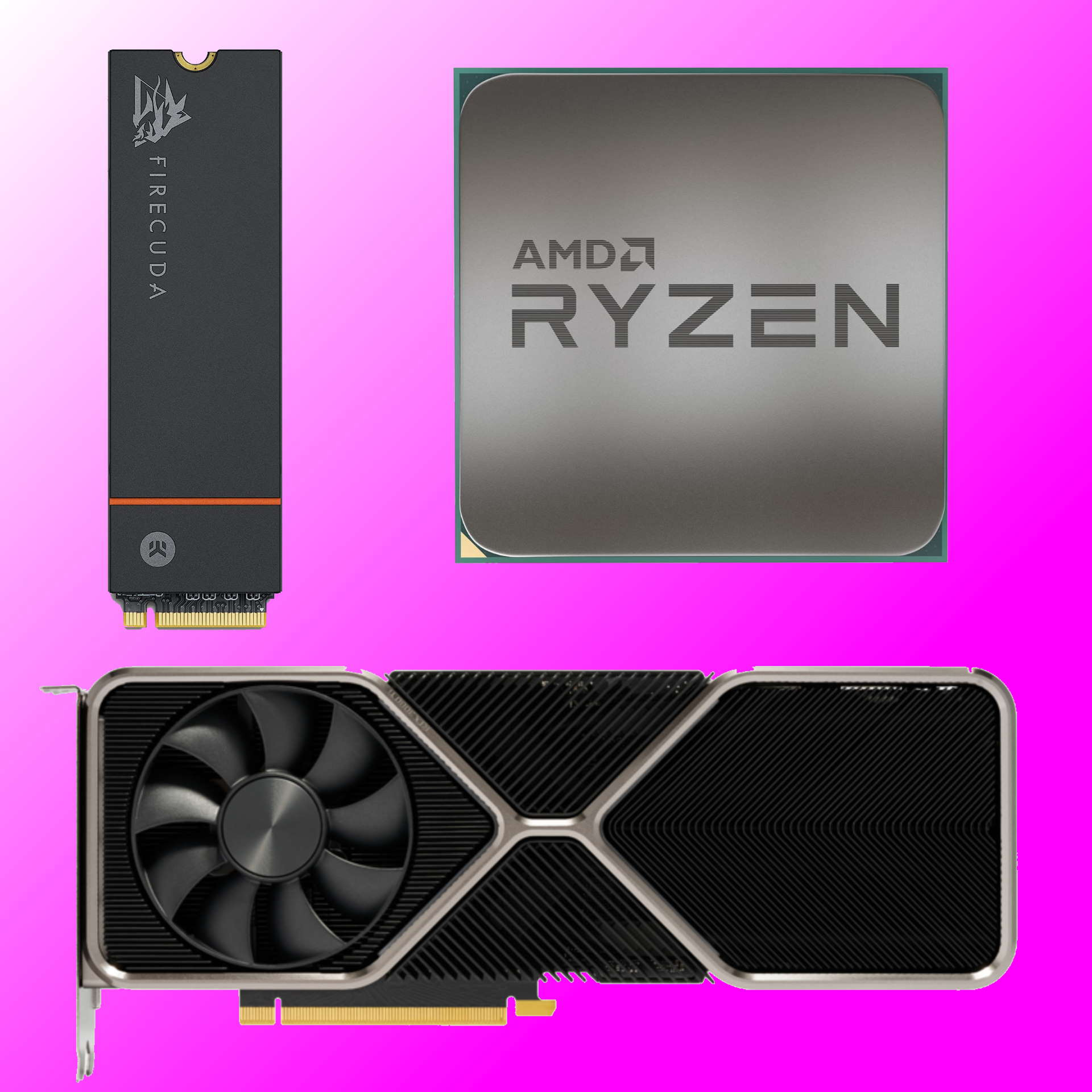
I bet Intel would love some of Mr Faggin's engineering magic right now.
Just six years after its founding, Intel created a milestone in the history of computing. Instead of making chips for very specific purposes, it designed a processor that could be used in any scenario. Launched as the Intel 8080, it would go on to be recognised as the world’s first general-purpose microprocessor and 50 years on, Team Blue is celebrating the success of the little chip.
For anyone relatively new to the world of gaming PCs or just computers in general, it’s probably hard to picture just how much processing technology has changed over the years. But as someone who’s four years older than the Intel 8080, I’ve been fortunate to live through the advancements and experience them first-hand on appearance.
My first IBM PC was powered by an Intel 8080, though by that time it was already 15 years old. It was an 8-bit processor, not too dissimilar to the Zilog Z80 chip that I’d spent many years programming before getting a PC. There was a good reason for that similarity: Both processors were designed by Federico Faggin, who left Intel in 1974 to set up Zilog.
Anyway, leaping forward to the present, Intel has marked the 50th anniversary of the 8080 with a short blog and a somewhat spurious infographic, in which some of the specifications of the world’s first general-purpose processor are compared to those of Intel’s latest Core Ultra 200S chips.
For example, where an Arrow Lake CPU comprises 17.8 billion transistors, with a minimum feature size of 3 nanometres, the Intel 8080 housed up to 6,000 transistors and a feature size no smaller than 6 micrometres. Or, if you want to use the same scale as the Core Ultra chip, the old processor had 0.000006 billion transistors and a minimum feature size of 6,000 nanometres.
Naturally, the modern CPU is quite a chunky fella in comparison to the old boy, with a total die area of 243 square millimetres. The Intel 8080 was just 20 square millimetres. But while Arrow Lake takes up 12 times more area, it does pack in roughly three million times more transistors. Thank the advances in silicon lithography for that, or in the case of Arrow Lake, thank TSMC.
Modern chip manufacturing allows transistors to switch at ridiculous speeds, across the whole processor, and the P-cores in the likes of the Core Ultra 9 285K can reach 5.8 GHz. The Intel 8080 initially launched with a 2 MHz (0.002 GHz) clock speed, though later versions could reach over 3 MHz.
The Intel 8080 wasn’t just for PCs, though, as it used to power devices like electronic cash registers and arcade game machines, and in some respects that hasn’t changed. Intel’s processors are the norm for embedded systems across the world, though when it comes to gaming machines, that market almost entirely belongs to AMD.
I have to say that I never quite got to grips with my old Intel 8080 and it put me off PCs in general for a few years. By the time I jumped back in, processors at that time (think original Pentium) were so much better that the 8080 felt like an ancient relic. Which, of course, it is but the modern x86 architecture can be traced all the way back to the old 8-bitter, so it’s more than worthy of this celebration.
If you fancy seeing an Intel 8080 in action, this online emulator does a great job and you can load up some code to play Space Invaders—which just so happens to be one of the best-selling arcade games of all time, all powered by the little 8080.
Best CPU for gaming: Top chips from Intel and AMD.
Best gaming motherboard: The right boards.
Best graphics card: Your perfect pixel-pusher awaits.
Best SSD for gaming: Get into the game first.





